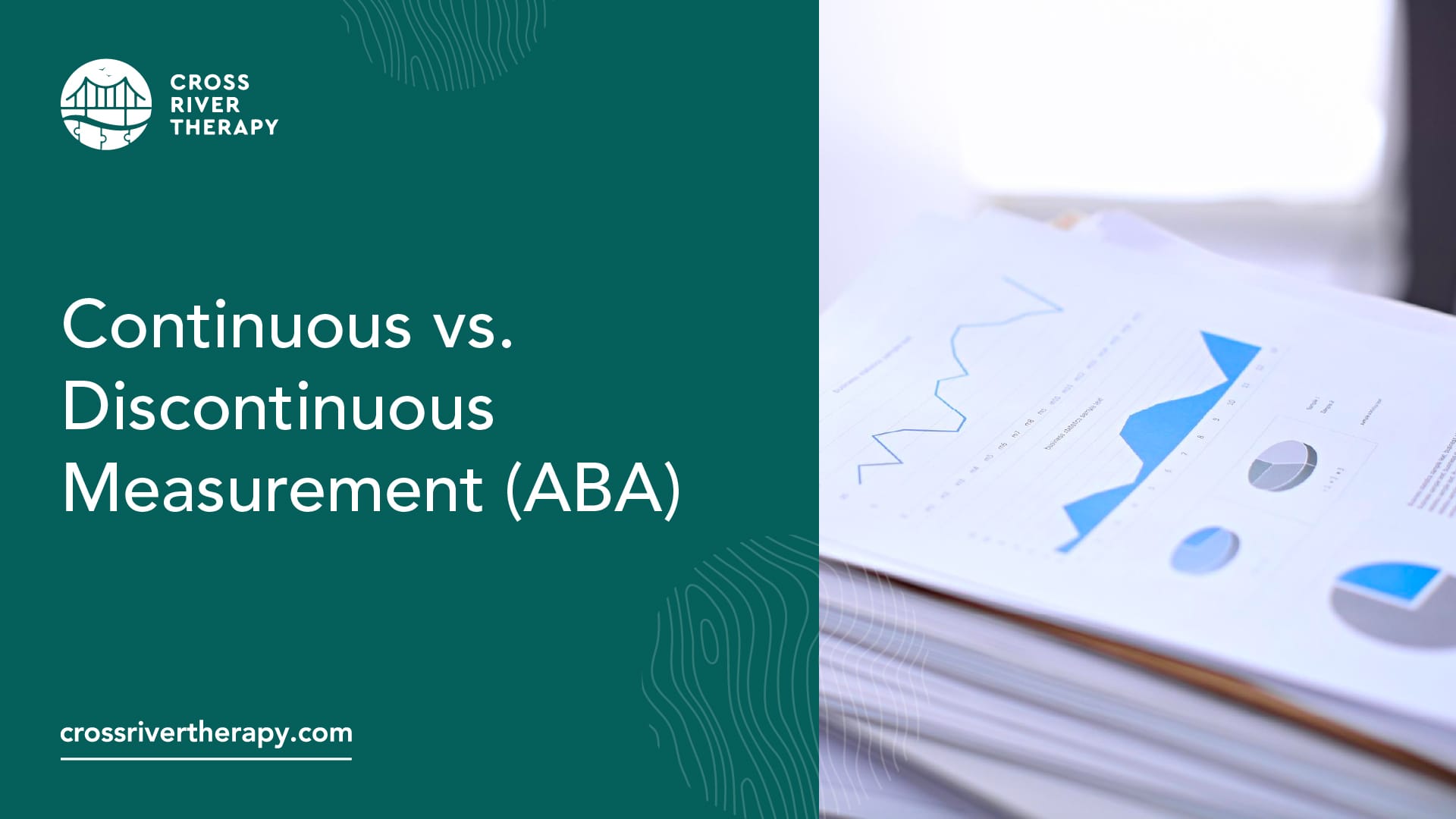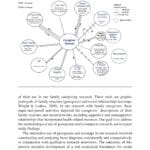This guide provides a comprehensive overview of discontinuous measurement in Applied Behavior Analysis (ABA) therapy, equipping you with the knowledge to effectively track behaviors and tailor interventions for optimal client outcomes. Learn how this efficient data collection method can transform your ABA practice.
Understanding Discontinuous Measurement
Discontinuous measurement in ABA is a practical method for tracking behaviors without requiring constant observation. It involves strategically checking for a target behavior at specific times and recording its occurrence, providing valuable insights without demanding continuous monitoring. This approach is particularly useful for high-frequency behaviors, behaviors that are difficult to observe continuously, or when time constraints limit observation opportunities. Think of it like checking the temperature throughout the day—you don’t need to constantly monitor it to get a sense of how hot or cold it is.
Types of Discontinuous Measurement
Discontinuous measurement offers several different approaches, each with its own strengths and weaknesses. Selecting the appropriate method depends on the specific behavior and the context of observation.
Partial Interval Recording
In partial interval recording, the observation period is divided into intervals (e.g., 5 minutes). If the target behavior occurs at any point during the interval, the observer marks it as occurring. This method is likely to overestimate the behavior’s true frequency but is particularly useful for behaviors targeted for decrease.
Whole Interval Recording
Whole interval recording requires the behavior to occur for the entire duration of the interval to be marked. This method probably underestimates the actual occurrence but can be helpful for behaviors you’re trying to increase.
Momentary Time Sampling
Momentary time sampling involves checking for the behavior only at the end of each interval. If the behavior is occurring at that precise moment, it’s recorded. This method is the simplest to implement but may not provide the most accurate representation of the overall behavior, especially if it fluctuates significantly within intervals.
Implementing Discontinuous Measurement
Using discontinuous measurement effectively involves a systematic approach:
Define the Target Behavior: Clearly and specifically define the behavior you want to observe. For example, instead of “disruptive behavior,” specify “talking out of turn during class.”
Determine the Observation Period: Decide on the length of the observation period. This could range from a short classroom observation (15 minutes) to an entire day, depending on the context.
Select the Interval Length: Determine how often you’ll check for the behavior. Shorter intervals (e.g., 15 seconds) offer more granular data but require more resources. Longer intervals (e.g., 5 minutes) are easier to manage but may miss some instances of behavior.
Record the Data: Utilize a data sheet, chart, or a data collection app to document your observations systematically.
Analyze the Data: Examine the recorded data for trends and patterns. Does the behavior increase or decrease over time? Are there specific contexts where it occurs more frequently? Data analysis informs intervention strategies and tracks progress.
Continuous vs. Discontinuous Measurement: An RBT Guide
Registered Behavior Technicians (RBTs) frequently use both continuous and discontinuous measurement. Understanding the distinctions between these approaches is critical for effective ABA practice and is essential for the RBT exam.
Continuous Measurement: Capturing Every Instance
Continuous measurement aims to record every instance of the target behavior during the observation period. This precise approach offers rich data regarding frequency, duration, and potential patterns.
Types of continuous measurement include:
- Frequency: The number of times a behavior occurs.
- Duration: The length of time a behavior lasts.
- Rate: Frequency per unit of time (e.g., responses per minute).
- Latency: Time between a stimulus and the behavior’s onset.
- Inter-Response Time (IRT): Time between consecutive instances of a behavior.
While powerful, continuous measurement can be resource-intensive and challenging for high-frequency behaviors.
Discontinuous Measurement: Snapshots in Time
Discontinuous measurement provides an estimate of behavior by recording occurrences at intervals, offering a more practical approach for high-frequency behaviors or time-constrained settings. However, it’s important to recognize that discontinuous measurement captures a sample, not the entire picture of the behavior. The choice between continuous and discontinuous measurement should be based on the specific behavior, available resources, and research or clinical goals. Refer to the table below for a summary of each type, its advantages, and disadvantages:
| Method | Description | Pros | Cons |
|---|---|---|---|
| Partial Interval Recording | Record if the behavior occurs at any point during the interval. | Easy to implement; good for decreasing behaviors. | May overestimate behavior occurrence. |
| Whole Interval Recording | Record if the behavior occurs during the entire interval. | Good for increasing behaviors. | May underestimate behavior occurrence. |
| Momentary Time Sampling | Record if the behavior occurs at the end of the interval. | Simple and efficient. | May not accurately represent overall behavior occurrence. |
| Feature | Continuous Measurement | Discontinuous Measurement |
|---|---|---|
| Definition | Records every instance | Records at intervals |
| Precision | High | Lower |
| Resources | High | Low |
| Best for | Low-frequency behaviors | High-frequency behaviors |
Benefits and Limitations of Discontinuous Measurement
Discontinuous measurement offers the advantage of being relatively easy to implement, allowing for data collection even with challenging behaviors. However, it’s essential to acknowledge its limitations. Its reliance on sampling means that there’s always a possibility of a slightly skewed view of the behavior’s true occurrence. Current research continually explores methods for refining these techniques and enhancing accuracy. Choosing the most appropriate method and applying it consistently are paramount for collecting reliable and meaningful data.
Discover a holistic approach to constipation relief with doculax, the trusted remedy for gentle and effective bowel movements. Additionally, delve into the complexities of software engineering with dereification, a technique that enhances code readability and maintainability.
- Senior at What Age: Benefits & Eligibility Guide - March 29, 2025
- Unlocking Senior Benefits: How Old is a Senior? Your Complete Guide - March 29, 2025
- Master Russian Politeness:A Guide to Saying Please - March 29, 2025
















